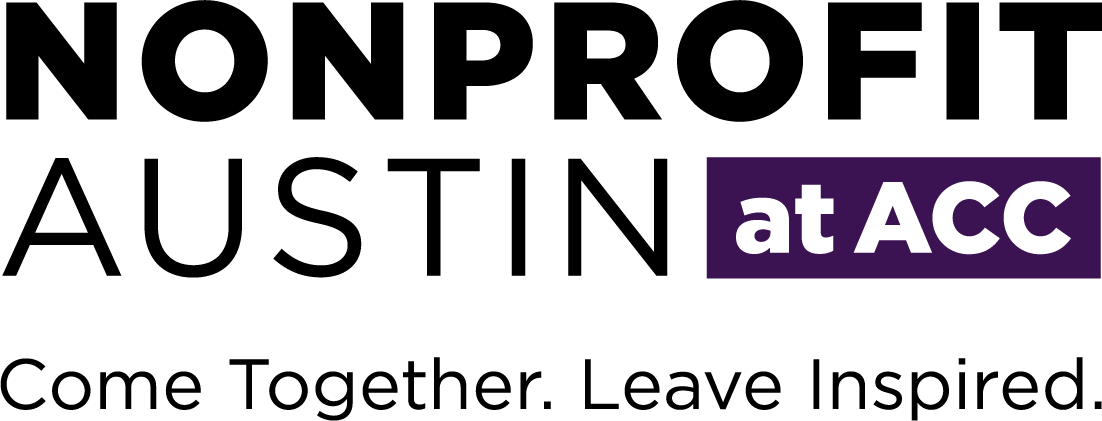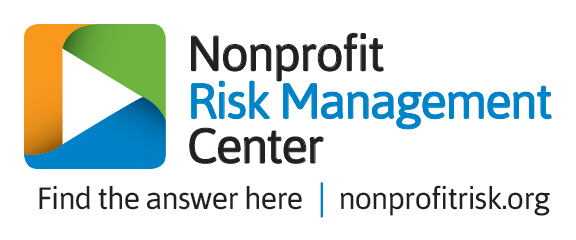Managing Remote Worker Risk
By Melanie Lockwood Herman
You’ve either heard the gossip about remote workers, been the subject of comments about your engagement as a remote worker, or perhaps you’re a dreamer, longing to replace an expensive, lengthy commute with a short walk to your home office.
Recent research sheds a bright light on some of the myths and mysteries about remote workers.
Did you know that:
- 37% of U.S. workers say they have telecommuted (“worked from home using a computer to communicate”), up from 9% who answered yes to the same question in 1995. (Source: 2015 Poll by Gallup)
- In the same Gallup poll, 58% of survey participants indicated that people who work at home are just as productive as people who work in a business office, while 16% said their telecommuting co-workers were more productive.
- The London Business School’s Adam Kingl, director of learning solutions, says that for millennial workers, work schedule flexibility is an essential criterion before accepting a job, and not simply a perk or reward. (Source: Fast Company)
Wrangle Remote Worker Risk
- Prevent Overload with Work Hour Boundaries – Whether your staff members are Millennials, GenXers, Baby Boomers or a mix of these and other generations, remember that team members prize a boss who cares about their wellbeing. Research on telecommuting suggests that many–if not most–office workers telecommute by taking work home and answering late night business emails, even after putting a full day in at the office. Make it clear that you do not expect regular after-hours work, and that your nonprofit’s commitment to ‘work life balance’ is real, and not imagined. To reinforce your policy on after-hours work, be as kind to yourself as you are to your direct reports.
- Use a Communications Lasso – Some remote working arrangements fail because far-off staff members are left out and become disengaged. Resolve to make your communications loop a powerful lasso that will reach around the entire team. When in doubt, include all staff in communications, from meeting plans, to out-of-office and vacation schedules. Share and share again.
- Embrace File Sharing – Just as communications should flow freely, so should materials that represent works in progress and finished products. There are a number of tools for easy sharing, such as Dropbox and Google Drive. At the Center we adopted Dropbox as our file saver/server and realized a substantial cost savings and immediate benefit to teamwork. As Dropbox syncs and updates our files, we’re made aware of what others are working on. This helps us offer timely support–or give needed space–to our colleagues.
- Update your Nonprofit’s Staff List – During a recent site visit to a client we learned that the staff directory wasn’t made available throughout the organization. Some staff told us that despite being employed for a year or more, they still don’t know the names of colleagues in nearby departments. Obscuring staff names, roles, locations and contact information squashes potential collaboration, and fertilizes the seeds of paranoia and discontent. Resolve to keep your staff list or organizational chart–with relevant contact information, time zones and photos–up-to-date and available to staff at all times.
- Get Ready for Your Close Up – If you’ve ever suggested video conferencing for staff or client meetings, you’ve probably witnessed a few negative reactions to the idea. Some staff may resist video conferencing due to their lack of familiarity, while other staff may simply dread their ‘close up’ digital encounter with others. Despite society’s growing comfort with FaceTime for personal video chats, many professionals dread video conferencing, although they welcome face-to-face meetings. According to FOXDEN, an online meeting platform powered by ReadyTalk, “The best form of communication, especially for tough conversations, is face-to-face. With a face-to-face meeting, you can see reactions. You can hear tone and see body language. That’s why it’s the go-to choice for savvy communicators. CEOs, HR personnel, and more use this tool to give feedback and get buy-in.” (Source: FOXDEN powered by ReadyTalk). When face-to-face isn’t possible, video conferencing is the next best thing–offering relative intimacy and the nuances of communication described above. Help your staff members realize the benefits of video conferencing, and after a few tries, they might warm up to it. Another key benefit is the increased opportunity for telecommuters to feel connected and build collegial relationships through video conferencing, which might never happen if the relationship is relegated to email.
As the world turns, our missions, operations, and our work environments must turn as well, to remain relevant to our staff and service recipients. Keep up with the modern age by offering your staff the option to telecommute, and by embracing technology and communications innovations that support that work style. You might find that staff members who can choose their work environment become happier and more productive employees, who respect you for measuring their performance based on their work–not their schedules or time spent at their desks.
Melanie Herman is Executive Director at the Nonprofit Risk Management Center, where she leads consulting projects for complex nonprofit and insurance industry clients. Melanie welcomes your feedback on this article or questions about risk issues at Melanie@nonprofitrisk.org or 703.777.3504.

